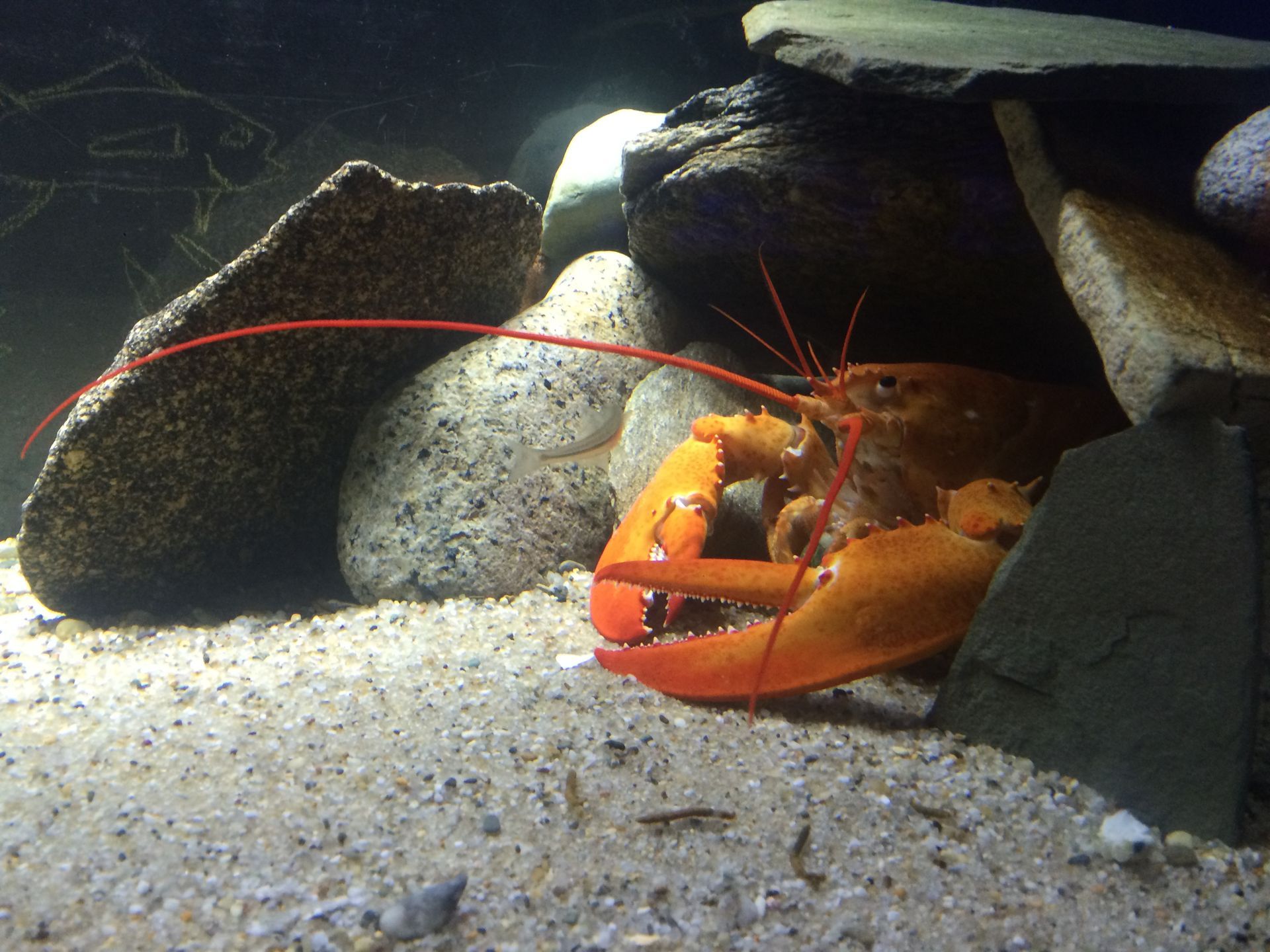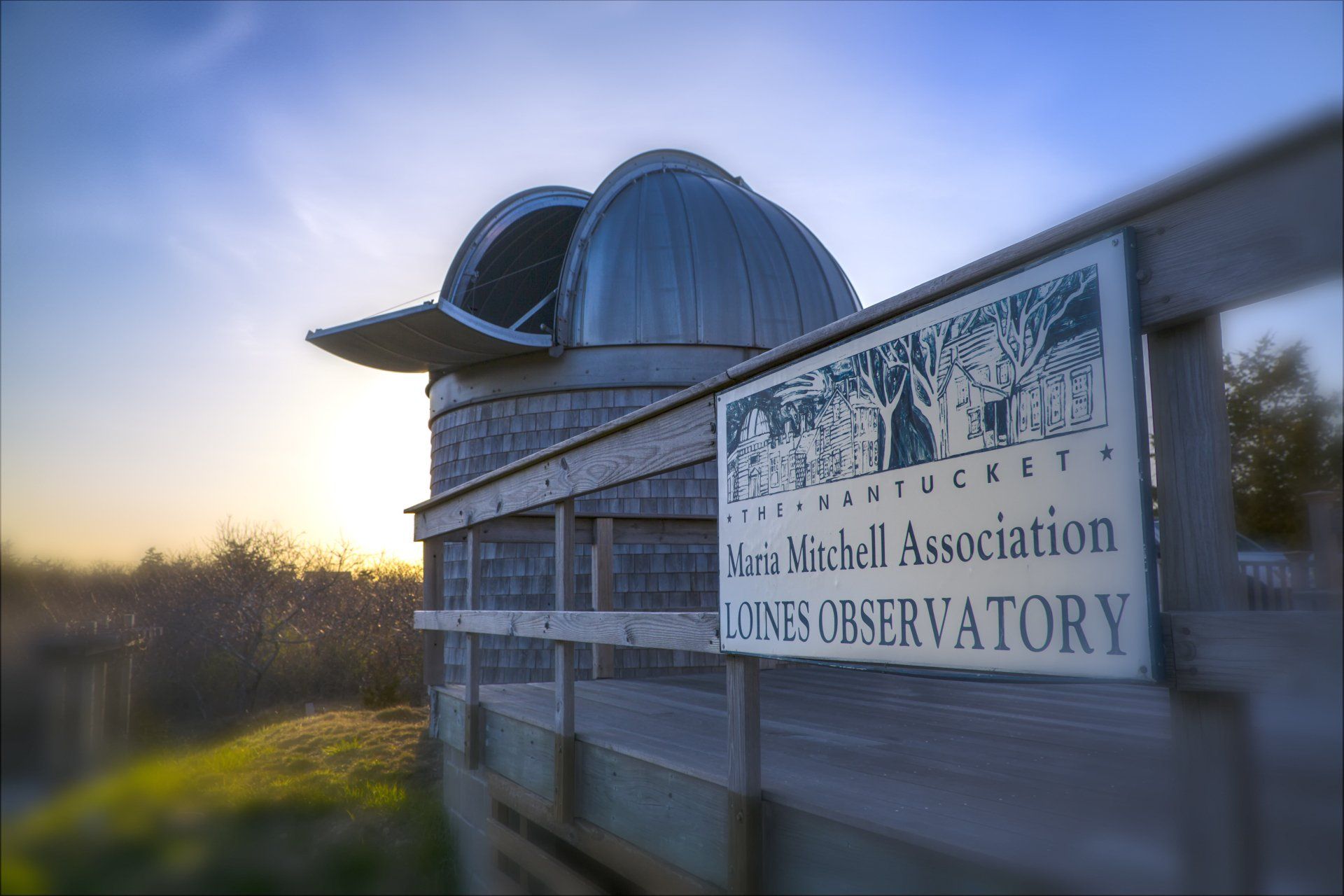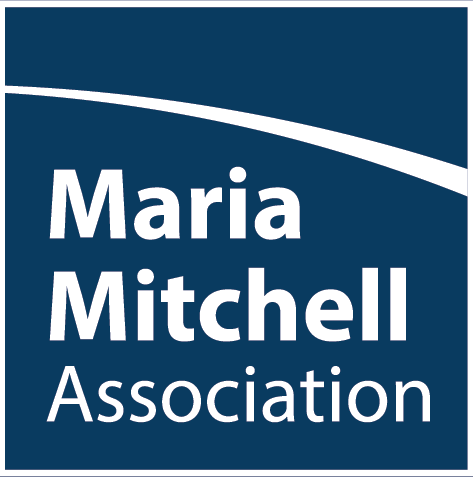Keep Calm and Bird On: December 2020
“If you don’t look, you don’t see. You have to go and look.”
-Edith Andrews
As December begins to flirt with cold weather, birders readjust their quests to the completely different cast of characters available with the change of season.
Bird feeders, of course, mean the luxurious comfort of indoor birding with robe, slippers, and hot beverage. You just never know what will show up. Sometimes exotic or out-of-range species find a feeder to be a lifeline.
Above: an unusual “feeder bird” was a female Western Tanager that was attracted to sunflower seed last winter.
It does take a certain level of fortitude to go out and fill the feeders. And to really enjoy winter birding it is necessary to get thoroughly bundled up. But once you have gone to the effort of putting on the underlayers, lined or windproof pants, sweaters, parka, boots, gloves, and hat, why not get some real use out of them and brave the elements? And it is one time when a mask is a really great face-warmer.
Pond ducks are a delight, and they can be found wherever there is open water. American Wigeon, Redheads, Canvasbacks are winter treats.
But sea-watching is probably the ultimate in winter birding. To endure the buffeting of the raw wind, while Northern Gannets plunge head-first into a wild sea, is invigorating. A male Harlequin Duck, with blue and white-patterned head, and chestnut flank, glowing in the low-angled winter sun, is breathtaking. White-winged Gulls such as Iceland or Glaucous are a change from the usual. Watching a delicate, graceful Bonaparte’s Gull (see below) stir a wave for its food is an unforgettable experience. Scoters keening, Razorbills diving, Long-tailed Ducks in their multi-voiced conversation flying overhead—these are the irreplaceable essence of winter. Study the wind, find a lee, or walk briskly, and look for the transcendent beauty that summer beachgoers never see.
Recent Posts






